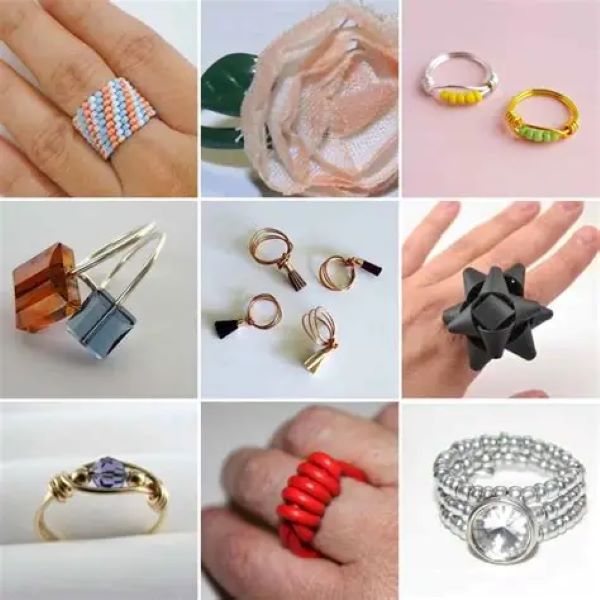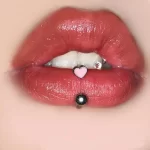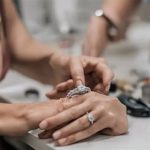Learning how to make rings is a rewarding creative journey that blends artistry with craftsmanship. Whether you’re designing a personal keepsake, a gift, or starting a small jewelry business, handmade rings carry unique value. Unlike mass-produced pieces, custom-made rings reflect individual style, emotion, and attention to detail. The process involves shaping metal, adding textures, setting stones, and polishing to a professional finish. While it may seem complex at first, beginners can master the basics with patience and the right tools. Moreover, ring-making allows full control over materials, design, and sizing. You can choose from gold, silver, copper, brass, or even non-metal options like wood or resin. Techniques vary from simple wire wrapping to advanced soldering and casting. As a result, there’s a method suitable for every skill level and budget.
Additionally, many people find the act of crafting therapeutic and satisfying. Each completed ring becomes a symbol of progress and creativity. Therefore, understanding how to make rings opens doors to both artistic expression and practical skills. This article explores essential tools, beginner-friendly techniques, material choices, safety tips, and finishing methods. Furthermore, we’ll cover common mistakes to avoid and ways to personalize your designs. By the end, you’ll have a clear roadmap for turning raw materials into beautiful, wearable art.
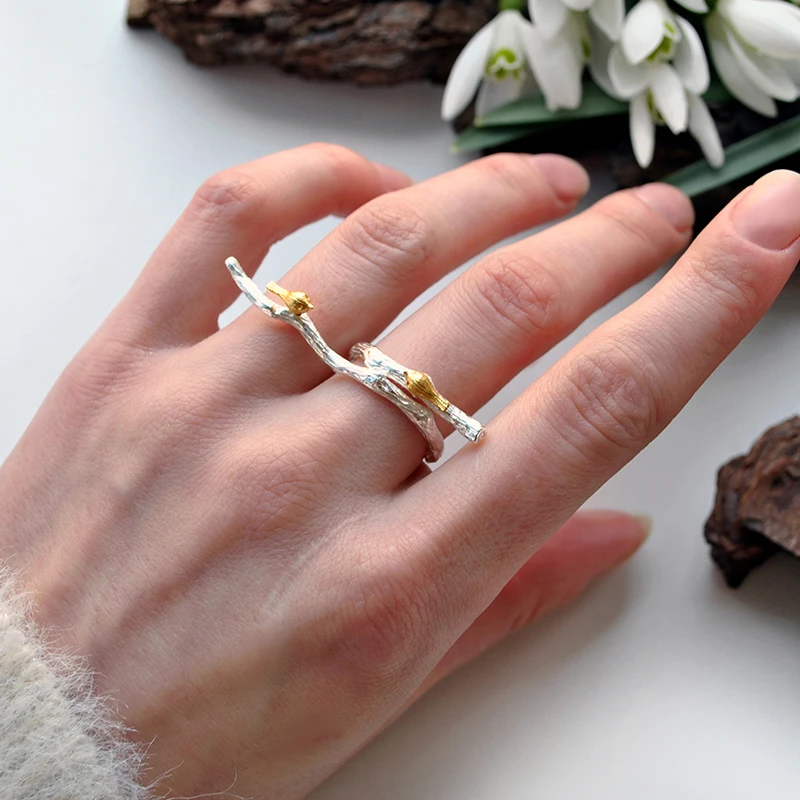 Essential Tools for Learning How to Make Rings
Essential Tools for Learning How to Make Rings
Before diving into the actual process, gathering the right tools is crucial when learning how to make rings.
First, a jeweler’s saw and blades are necessary for cutting metal strips or tubes. The frame holds thin blades under tension, allowing precise curves and straight lines. Always use lubricant on the blade to reduce friction and extend its life.
Second, files in various shapes—flat, half-round, and needle—are used to smooth edges and refine shape. Start with coarse files and progress to fine ones for a polished surface. Keep them clean with a file brush to maintain effectiveness.
Third, a mandrel is a tapered steel rod used to size and shape rings. Slip the metal band over it and hammer gently to form a perfect circle. Mandrels come in different sizes, so choose one that matches standard ring measurements.
Fourth, a rawhide or nylon mallet prevents dents while shaping metal. Unlike metal hammers, these soft-faced tools preserve the surface during forming.
Fifth, pliers such as flat-nose, round-nose, and chain-nose help bend, grip, and adjust wire. They are especially useful in wire-wrapping techniques.
Sixth, a torch and soldering setup allow joining metal pieces permanently. Butane or micro-torches work well for small-scale projects. Pair it with flux and solder for secure bonds.
Seventh, a pickle pot removes oxidation after heating. Use a heated cleaning solution like sodium bisulfate to restore shine without scratching.
Eighth, measuring tools like calipers and ring sizers ensure accurate fit. Never skip sizing—comfortable wear depends on precision.
Finally, a sturdy workbench with a bench pin provides stability. The pin holds the metal in place while sawing or filing.
With these core tools, you can begin experimenting with basic designs. Most are affordable and available in starter kits.
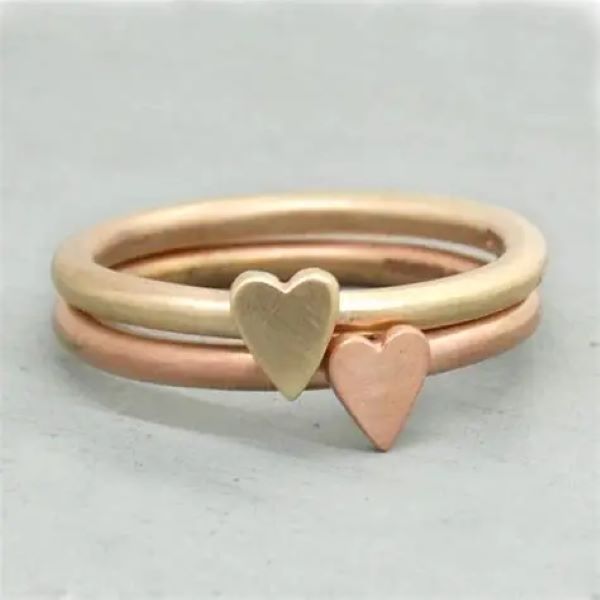 Choosing the Right Materials for Your Ring Project
Choosing the Right Materials for Your Ring Project
Selecting appropriate materials plays a major role in how to make rings successfully.
First, sterling silver is a top choice for beginners. It’s affordable, easy to shape, and has a bright, classic look. Available in sheet, wire, or tube form, it works well for most techniques.
Second, copper is even more budget-friendly and great for practice. It has a warm color and responds well to texturing. However, it may tarnish or cause skin discoloration in some people.
Third, gold-filled or vermeil metals offer luxury at lower cost. Gold-filled has a thick layer bonded to a base metal, making it durable. Vermeil uses sterling silver coated with gold. Both resist flaking better than plated options.
Fourth, brass shares copper’s workability but looks closer to gold. It’s ideal for vintage-style designs. Like copper, it requires occasional polishing to prevent tarnish.
Fifth, titanium and tungsten are modern alternatives. These metals are extremely hard and scratch-resistant. However, they require specialized tools and are not suitable for traditional handcrafting methods.
Sixth, non-metal materials add variety. Resin rings allow colorful inlays and embedded objects. Wood rings offer organic warmth but need sealing to resist moisture.
Seventh, consider stone settings if you want gem accents. Cabochons, faceted stones, or zircons can be set using bezel, prong, or channel methods. Choose stones that match the metal’s hardness to avoid damage.
Eighth, recycled or ethically sourced metals appeal to eco-conscious crafters. Many suppliers now offer sustainable options with verified origins.
Always buy materials from reputable jewelry supply stores. Quality affects both appearance and durability. Poor-grade metal cracks easily or resists shaping.
By matching material to your design and skill level, you ensure a smoother experience in how to make rings.
Basic Techniques for Making Simple Handmade Rings
Starting with simple techniques builds confidence and skill in how to make rings.
One popular method is wire wrapping. Cut a length of wire and wrap it around a mandrel to form a band. Overlap the ends and twist or solder them together. This works well for stackable rings or boho styles.
Another beginner-friendly option is the strip band technique. Cut a narrow strip of metal from sheet stock. Wrap it around the mandrel, then file the ends flat. Join them with solder for a seamless look.
Texturing adds visual interest. Use a chasing hammer, ball-pein hammer, or stamps to imprint patterns. Always support the metal on a steel block to avoid deformation.
Soldering is a key skill. Apply flux to the joint, place a small piece of solder, then heat evenly with a torch. Watch for the solder to flow smoothly into the gap. Avoid overheating, which can warp the ring.
After soldering, pickle the ring to remove fire scale. Submerge it in the warm cleaning solution for several minutes. Rinse thoroughly afterward.
Next, sand the surface progressively. Begin with 220-grit paper, then move to 400, 600, and finally 1200 grit. This creates a smooth base for polishing.
Polishing brings out shine. Use a polishing motor with rouge compound on a muslin wheel. Work slowly to avoid removing too much metal. Hand-polishing with cloth and compound is also effective.
For comfort, slightly round the inner edge. Use a half-round file or sanding stick to ease sharpness against the skin.
Finally, stamp letters or symbols if desired. Align metal stamps carefully and strike once with a hammer for crisp impressions.
These foundational techniques prepare you for more complex projects. Practice each step before advancing.
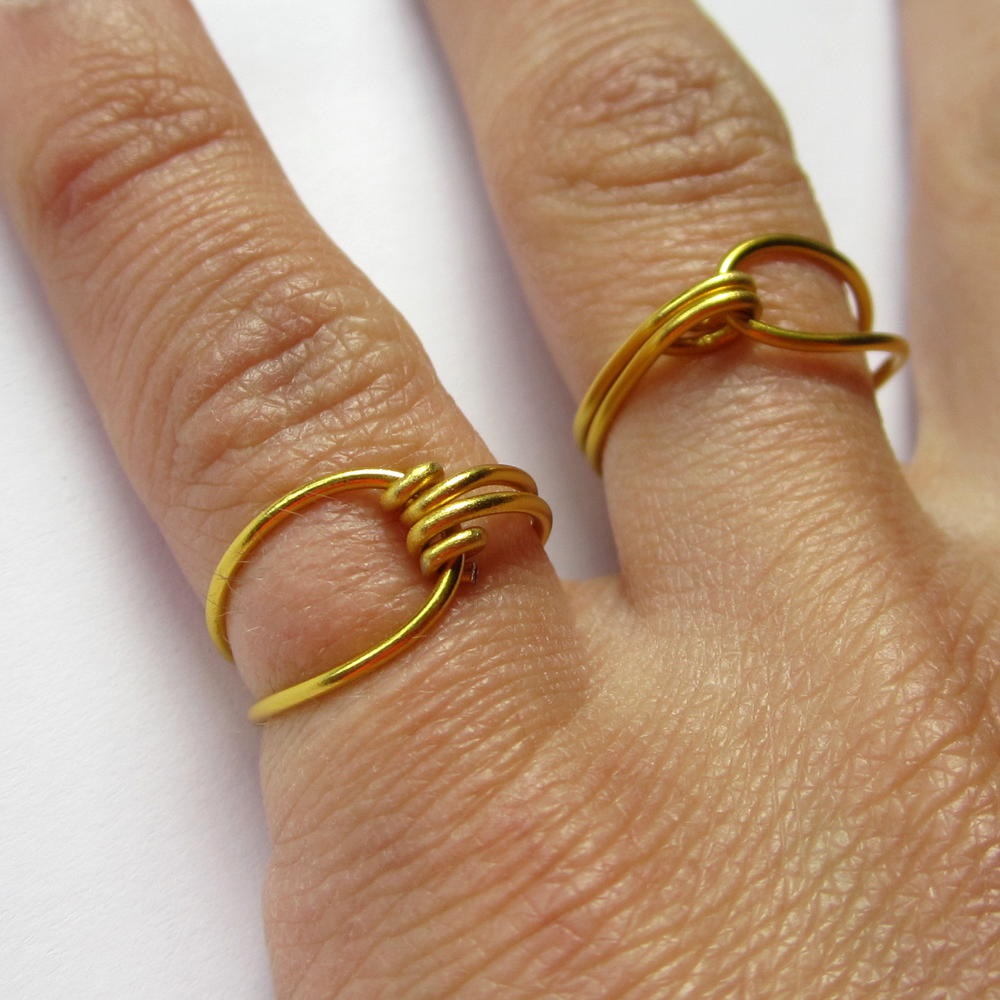 Advanced Ring-Making Methods for Experienced Crafters
Advanced Ring-Making Methods for Experienced Crafters
Once comfortable with basics, crafters can explore advanced ways to make rings.
Lost-wax casting allows intricate 3D designs impossible with hand fabrication. First, sculpt a model in wax. Then, invest it in plaster to create a mold. After burning out the wax, pour molten metal into the cavity. Once cooled, break away the mold and finish the piece.
Fabrication involves assembling multiple components. Combine bezels, galleries, and gallery wire to build dimensional rings. Solder each part precisely to maintain alignment.
Stone setting requires precision. Prong settings lift gems above the band. Bezel settings encircle stones with metal walls. Channel settings line multiple stones within a groove. Practice on scrap metal before attempting final pieces.
Engraving adds fine details by carving directly into metal. Use gravers and a flex shaft for controlled lines. Outline designs lightly before deepening cuts.
Granulation decorates surfaces with tiny metal beads. Fuse them onto the ring without visible solder. This ancient technique demands steady hands and high heat control.
Mokume-gane creates wood-grain patterns by layering different colored metals. Forge-weld the stack, then carve and manipulate the surface. The result is a one-of-a-kind marbled effect.
Keum-boo applies thin sheets of gold to silver using heat and pressure. It’s perfect for accenting specific areas without using solid gold.
Each advanced method expands creative possibilities. However, they require additional tools, safety gear, and practice. Take classes or follow detailed tutorials to learn properly.
Despite the complexity, mastering these techniques elevates your ability in how to make rings.
Safety Tips When Working on DIY Ring Projects
Safety should never be overlooked when learning how to make rings.
Always wear eye protection. Metal filings, flying fragments, or sparks from soldering can injure eyes. Use ANSI-approved safety glasses during all stages.
Work in a well-ventilated area. Fumes from pickling solutions, flux, or heating metals can be harmful. Open windows or use an exhaust fan to remove airborne particles.
Keep a fire extinguisher nearby when using a torch. Confine flammable materials away from the workspace. Never leave the flame unattended.
Use heat-resistant gloves when handling hot metal. Tongs or tweezers keep fingers safe during quenching or pickling.
Avoid loose clothing and tie back long hair. These can catch fire or get tangled in rotating tools.
Turn off power tools when changing attachments. Unplug motors during maintenance to prevent accidental starts.
Store chemicals in labeled containers. Keep pickle solution and flux away from food or drink areas. Wash hands after handling.
Clean your workspace regularly. Clutter increases accident risk. Organize tools and dispose of metal scraps promptly.
Never touch freshly soldered rings with bare hands. They remain hot longer than expected. Wait or use pliers to handle.
Finally, take breaks. Fatigue leads to mistakes. Focus diminishes over time, especially during detailed tasks.
Following these precautions ensures a safe and enjoyable crafting experience.
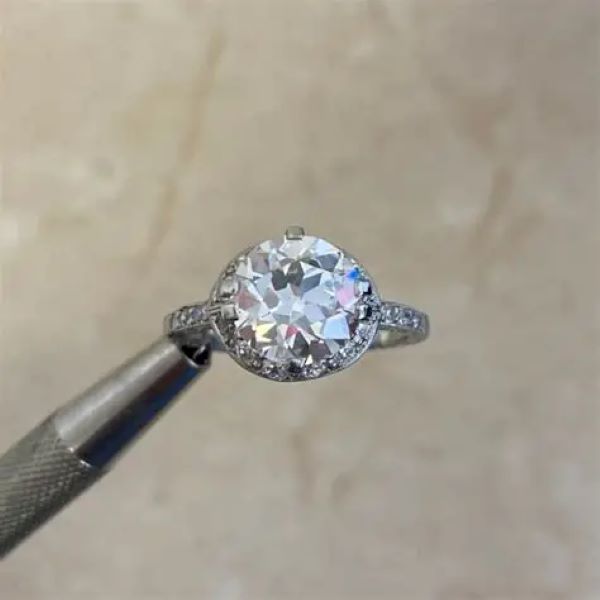 Frequently Asked Questions (FAQ)
Frequently Asked Questions (FAQ)
Can I make rings at home without expensive tools?
Yes. Start with wire, basic pliers, and a file. Add tools gradually as you advance.
What metal is easiest for beginners?
Copper and brass are affordable and easy to shape. Sterling silver is next in difficulty.
Do I need to solder every ring?
No. Wire-wrapped or mechanical join rings don’t require heat. Soldering creates stronger, permanent bonds.
How do I determine ring size accurately?
Use a ring sizer or measure an existing ring’s inner diameter. Wrap string around the finger and compare to a chart.
Can I resize a ring after making it?
Slight adjustments are possible. Hammer it wider or compress it smaller on a mandrel. Major changes may require remaking.
Is it safe to use a torch indoors?
Only with proper ventilation. Use a butane micro-torch in open spaces away from combustibles.
Where can I learn more about how to make rings?
Online courses, YouTube tutorials, and local jewelry studios offer hands-on training.
9Final Thoughts on How to Make Rings as a Creative Hobby
Understanding how to make rings opens up a world of creativity and self-expression. From simple wire bands to elaborate stone-set designs, each piece tells a story. The process teaches patience, precision, and problem-solving. Moreover, handmade rings make meaningful gifts or potential income sources. With the right tools, materials, and safety practices, anyone can start this fulfilling craft. Beginners should focus on mastering basics before tackling complex techniques. Practice consistently, learn from mistakes, and celebrate small wins. Over time, your skills will grow, and your designs will become more refined. Whether you pursue it casually or professionally, knowing how to make rings empowers you to create beauty with your own hands. So gather your supplies, follow the steps, and begin your journey today.
